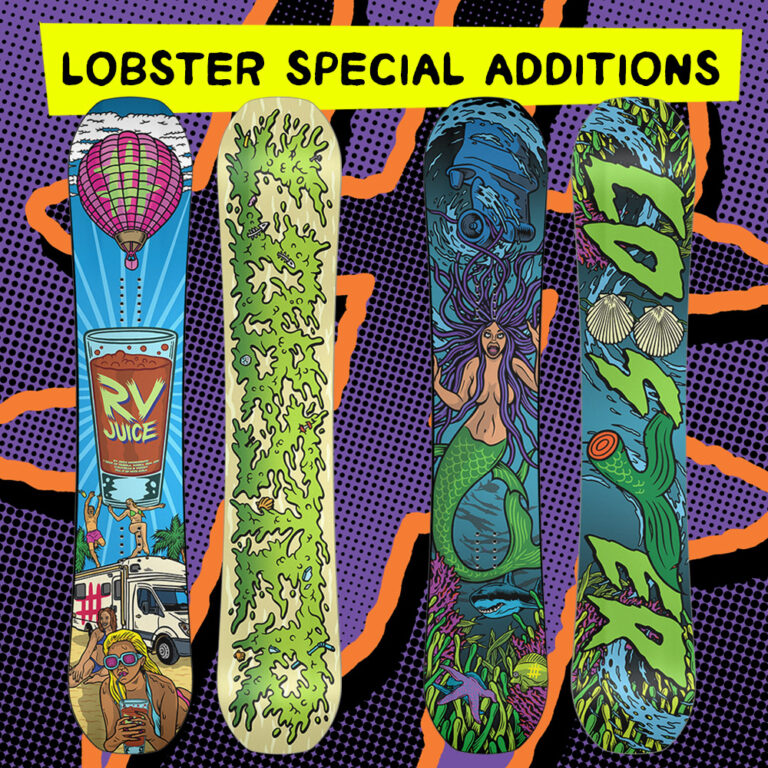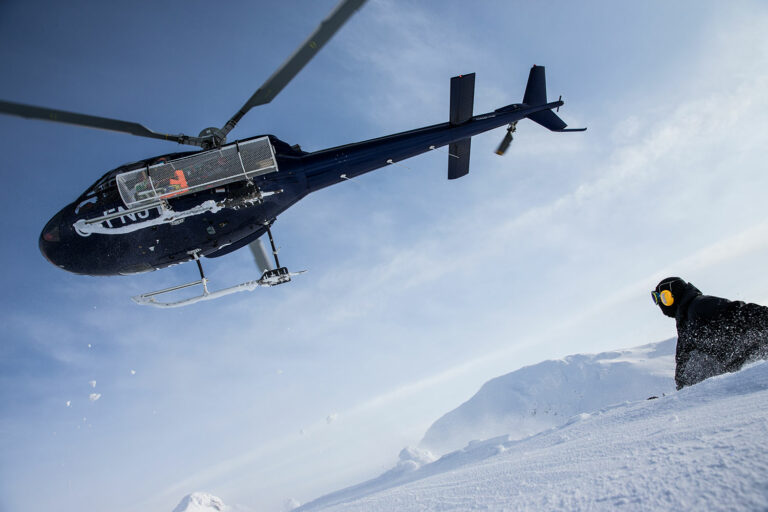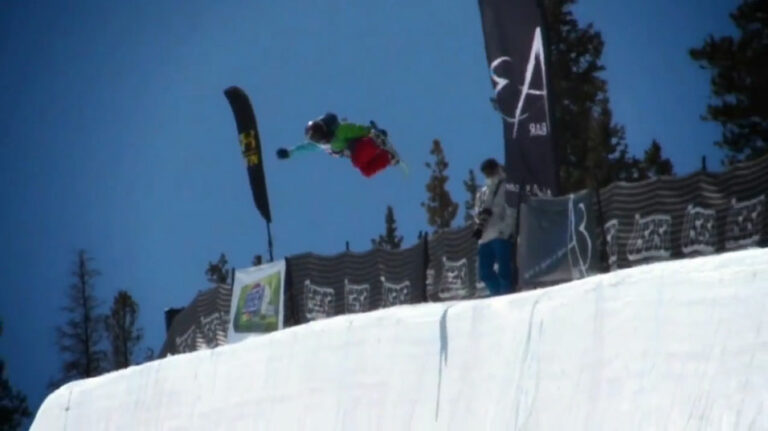Published in Whitelines Magazine Issue 92, November 2010
Nothing has got me quite as excited in recent years as the introduction of different profiles to snowboard manufacturing. It used to be that pretty much all boards were regular camber, but these days, what with all the Bananas, Gullwings, V-Rockers, LowRizes and CamRock combos flying about, there’s a plethora of different profile options available – so many that I can happily spend all day drooling over them online. In fact, the fetching photo of me that Whitelines has chosen to use was actually snapped right in the middle of one of my ‘browsing’ sessions. And yes, if anyone wants to know, I am left-handed…

WHAT IS A BOARD PROFILE?
The profile is the shape of a board when you look at it side on. When you place the board on the snow it will touch the snow at different points along its base depending on what kind of profile it has – this means that the profile has a massive effect on how aboard feels when you ride it.
WHAT ARE THE DIFFERENT TYPES?
These days every brand likes to claim that their particular kind of profile tech is better than the others, but in reality, while there are differences between different companies, most board profiles fall into four basic types.
Conventional Camber – Up until the 2006-07season, pretty much every board on the snow had a conventional camber profile. This means the base of the board touches the snow near the tip and tail, rising up in a gentle arc between the bindings. Because of the distance between the nose and tail contact points, conventional camber boards spread your weight and give a very stable ride. The distance also allows a long section of edge to bite into the snow as you turn. This means that conventional camber boards are less likely to ‘wash-out’ when you’re carving, but it also means you’re more likely to catch an edge and scorpion! The upwards arc of the board also provides natural resistance when you bend it the opposite way to ollie, meaning that camber boards generally have more pop than their rocker equivalents.
Rocker – At its most basic, rocker is simply reverse camber – instead of the board touching the snow near the ends, the base has a single contact point in between the bindings. The length of this contact area varies depending on the board and the brand. The natural up-turn on the ends of rocker boards make them easier to ride in powder, and for jibbers, easier to butter and press. Rocker boards tend to have a twitchier feel than their camber counterparts, especially on piste, meaning they might not feel as stable. But the up-turned ends means it’s much, much harder to catch an edge.
Flatbase – As the name suggests, these sit completely flat on the snow, so their base is one long contact point. This means that your whole effective edge is in contact with the snow all the time, making these boards great for carving and biting into the icy walls of half pipes. The even spread of your weight means fl at base boards are easy enough to butter, but the lack of natural springiness in the shape means they can sometimes lack pop.
Camber-Rocker combo – Camber-rocker combo boards, like Ronseal’s finest canned DIY products, pretty much do what they say on the tin. They borrow elements from both rocker and camber boards and combine them in various ways to get the best of both worlds. Signal boards for example put camber between the feet and rocker at either end, while Roxy’s sticks do it the other way round. This mix-and match approach has it’s advantages, but generally combo boards aren’t as easy to ride or stable as pure rocker or conventional camber sticks.
WHAT TYPE SHOULD I CHOOSE?
It sounds wishy-washy, but profile preferences really are personal choice. I’ve known grizzled powder hounds who swear by conventional camber while their equally epically bearded companions insist that nothing but rocker will do. Likewise there are jib kids who’ve ridden rocker boards and never looked back, while others love having some kind of crazy combo beneath their feet. And although I know more about snowboard tech than any other living being on the planet (and way more than most computers!) I’m not going to sit here and tell you what’s right or wrong. What I will say is that in general, rocker boards suit people who like a forgiving ride, while camber or fl at base boards offer more precision. That said, a lot of beginner boards are stable camber models and a lot of all-mountain boards are combos, so really, anything goes.





